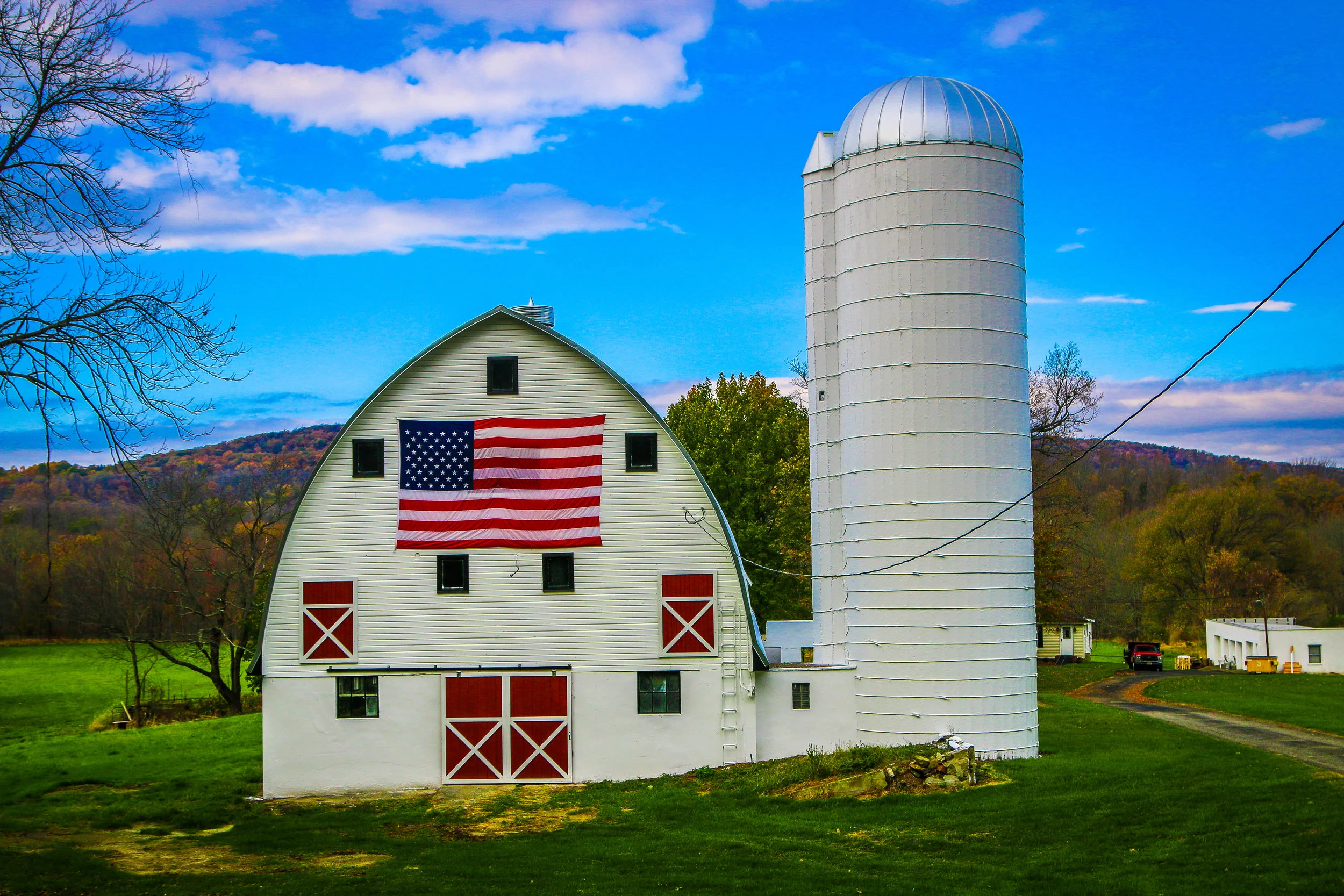The Keweenaw Peninsula juts north from Michigan’s Upper Peninsula far out into Lake Superior. The word “Keweenaw” comes from an old Ojibwa word meaning “a place where portage is made”. This area is home to one of the richest copper deposits in the world and has been mined for thousands of years. After Michigan became a state in 1837, prospectors started making their way into the Keweenaw and copper claims and mines were quickly established. These mines were often in operation until World War II. Around these mines, communities grew which were often settled by immigrants eager to build a life in the new world. Mining was dangerous work, but the promise of a decent wage was enough to lure people to this isolated northern region. When the price of copper dropped and the mining process was no longer profitable, whole communities packed up and moved elsewhere and once-bustling towns were quickly reclaimed by the forest. Some towns remain today, but many are struggling and reliant on tourism. I loved this region and spent a little over a week exploring its history and towns. I toured the Quincy Mine and enjoyed wandering around Houghton, Hancock, Calumet, Eagle River and Copper Harbor. I included a few photos from nearby Marquette as well since it traces its roots to the same time period. The whole region is now a part of Keweenaw National Historical Park and Keweenaw National Heritage Area and you can find the Visitors Center in downtown Calumet. I hope you enjoy these photos from the beautiful Keweenaw Peninsula, Michigan’s Copper Country.
Viewing entries tagged
Keweenaw
Hello Everyone and greetings from Copper Country. I’m coming to you this week from the Keweenaw Peninsula – the northern peninsula of Michigan’s Upper Peninsula. This area is known historically for its incredibly rich copper loads which were mined from the 1840s right up until World War II. The towns up here certainly have traces of their former glory, though when the copper industry left, so did most of their economy. Today they depend more heavily on tourism as people come here for mining history and beautiful Lake Superior beaches in the summer and hunting in the fall. It’s a fascinating region and one that I’ve really been enjoying. I actually came up here once or twice as a kid with my dad, so there is some vague familiarity to it, but it’s definitely all new ground for me as an adult. When most of y’all are reading this, I’ll be out on Isle Royale where I’ll be spending three nights in America’s least visited National Park. I’ve been looking forward to going to Isle Royale for a very long time, and I hope to come back with some great photos and stories to tell. Since I’ll be catching the ferry bright and early Wednesday morning, I’m going to finish up with this week’s This Week post a little earlier than usual. That being said, even with a short week, I’ve certainly seen and done a lot so let me tell you what I’ve been up to.
When I left you all last week I was on my way out of Munising after two wonderful days in Pictured Rocks National Lakeshore. I headed south from there to Manistique, a pretty little town on the northern shores of Lake Michigan. I got there just before it started to rain and it rained through the night. I spent the night at the casino just outside of town and won about $50 playing quarter keno.
Thursday morning was gloomy so I was in no big rush to get up and moving. When I did I went down to the beach to eat my breakfast and then wandered out on the breakwater to see the Manistique Lighthouse, which is still active. Dark red in color, the lighthouse really stood out against the grey background of the sky. I took a quick dip in the lake which woke me up more than my coffee did and then headed out of town. I ventured up to Palms Book State Park, home of Kitch-iti-kipi Spring, the largest of Michigan’s freshwater springs. Big Spring, as it is also called, pumps out 10,000 gallons of water every minute at a constant 45 degrees Fahrenheit and is about 40’ deep in the center. The water is a beautiful greenish turquoise and was really quite something to see. The park loads passengers onto a huge raft with a glass floor in the middle so people can look down into the spring, but there were so many people there in line that I decided to pass. I enjoyed the view from the shore and will wait for the raft adventure for another time.
From there I headed out onto the Garden Peninsula which juts out into Lake Michigan and protects Big Bay de Noc on its western side. About 20 miles down on the bay side is Fayette State Historic Park which I thought was really cool. During the second half of the 19th century, Fayette was an iron smelting town, turning raw iron ore into pig iron in its giant furnace. The town attracted immigrants to work at the furnace and in its heyday had a population of around 500. When the furnace shut down in the 1890s, the town was all but abandoned except for the hotel which operated until World War II and the post office which served the area until the 1950s. The town was eventually acquired by the state of Michigan and now serves as an historic site interpreting life in a 19th century company town. Some of the old buildings are still standing, some have been restored or rebuilt altogether while some are nothing but ruins. By the time I reached Fayette, the weather had cleared and it turned into a beautiful day – perfect to explore this old town site. I thought it was a really interesting place and definitely worth a visit.



